Next, I tell them that we’re all going to be distributive doctors or surgeons for the day! They LOVE this! I even refer to them as Dr. Smith or Dr. Rodriguez :0) You should see their faces light up when I call them all doctors!!!!!
Our first “operation” as newly named Distributive Doctors is to use our scalpels, otherwise known as popsicle sticks, to cut our arrays.
Using an EXPO marker, I have them write on their desks a multiplication expression for each of the arrays. (Don’t worry, the writing comes off easily with a tissue.)














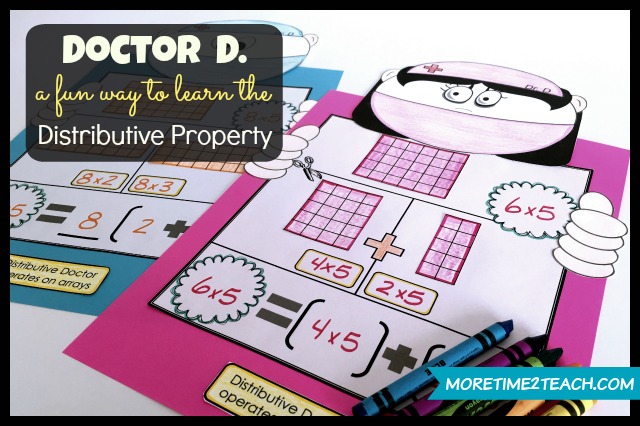

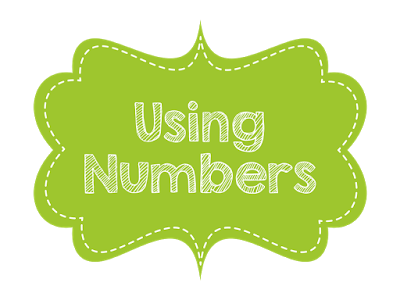


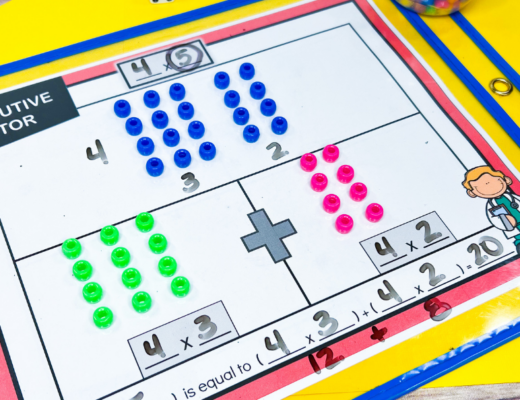
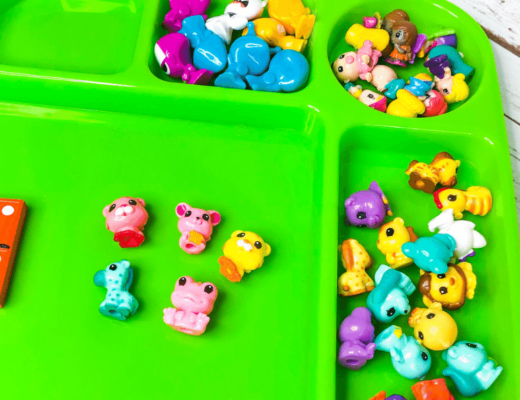
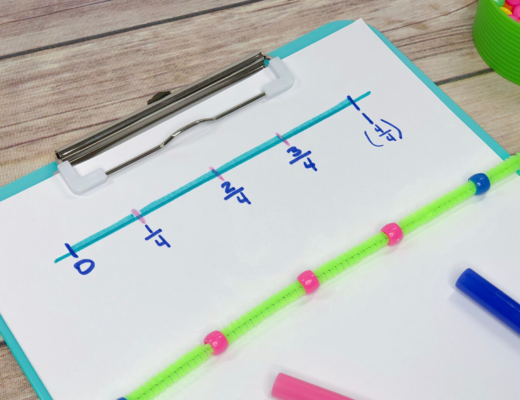
5 Comments
Chrissie Rissmiller
February 13, 2016 at 1:13 amThis is so smart! I just taught this lesson a few weeks ago. It is a difficult concept for many third graders, but this makes it so much easier! 🙂
Undercover Classroom
Melissa Yalesias
April 5, 2016 at 7:27 pmThanks, Chrissie! Yes this is such a tricky concept. I used to dread having to teach it… Now I look forward to it since I know my students usually get it this way. I'm glad this way made it easier for your kiddos.
:0) melissa
Your Thrifty Co-Teacher
February 27, 2016 at 7:22 pmI even used this with fifth grade as an introductory lesson and it was great!
Amber
September 10, 2018 at 8:43 pmWhere do you get your manipulative from? ☺️
Melissa
January 13, 2019 at 2:50 pmI’ve purchased a few throughout the years, and others have come with different math series we’ve had. A great way to get manips is also to ask around your building. Sometimes people have too many of a specific kind and want to get rid of them.